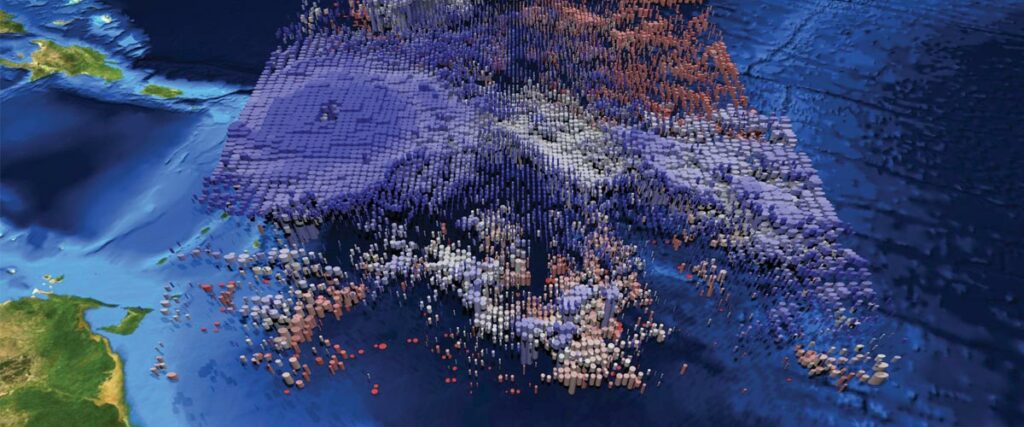
Colorado State University researchers are leading a $177 million NASA Earth science mission to study the behavior of thunderstorms in the tropics. The team will launch three small satellites, flying in tight coordination, to learn what happens inside severe storms, with the goal of better representing such extreme weather systems in climate models.
The mission, called Investigation of Convective Updrafts, is expected to launch in 2027 as part of NASA’s Earth Venture Program. It will directly address why convective storms, heavy precipitation, and clouds occur exactly when and where they do.
Cloud physics
As climate change heats Earth’s oceans, water vapor and air rise into the atmosphere more quickly, creating towering clouds primed to produce rain, hail, and lightning. The greater the mass of water vapor and air that is transported upward in the atmosphere, the higher the risk of extreme weather.
The INCUS mission will be focused particularly on these vertical motions through storms, explained principal investigator Susan van den Heever, professor in the Department of Atmospheric Science in the Walter Scott, Jr. College of Engineering, whose expertise is in cloud physics, cloud dynamics, and mesoscale meteorology and modeling.
Vertical motions also play critical roles in large-scale atmospheric circulations, further contributing to climate change, but are often poorly represented in weather forecasting and climate models, van den Heever added.
That’s where the INCUS observations will come in, filling gaps in scientists’ understanding of these motions.
Teamwork
The INCUS team includes Kristen Rasmussen, assistant professor in atmospheric science, and Steven Reising, professor in the Department of Electrical and Computer Engineering. CSU’s Cooperative Institute for Research in the Atmosphere will perform data processing for the mission, overseen by Phil Partain.
“I am extremely excited to work with the very talented INCUS team to make these groundbreaking observations, which will better prepare us for predictions of extreme weather in current and future climates,” van den Heever said.
Other universities partnering on the grant include City College of New York, Stony Brook University, and Texas A&M.
CSU has a rich history of NASA satellite development. It includes CloudSat, led by University Distinguished Professor Emeritus Graeme Stephens, who is also part of the INCUS team, and TEMPEST-D, led by Reising.